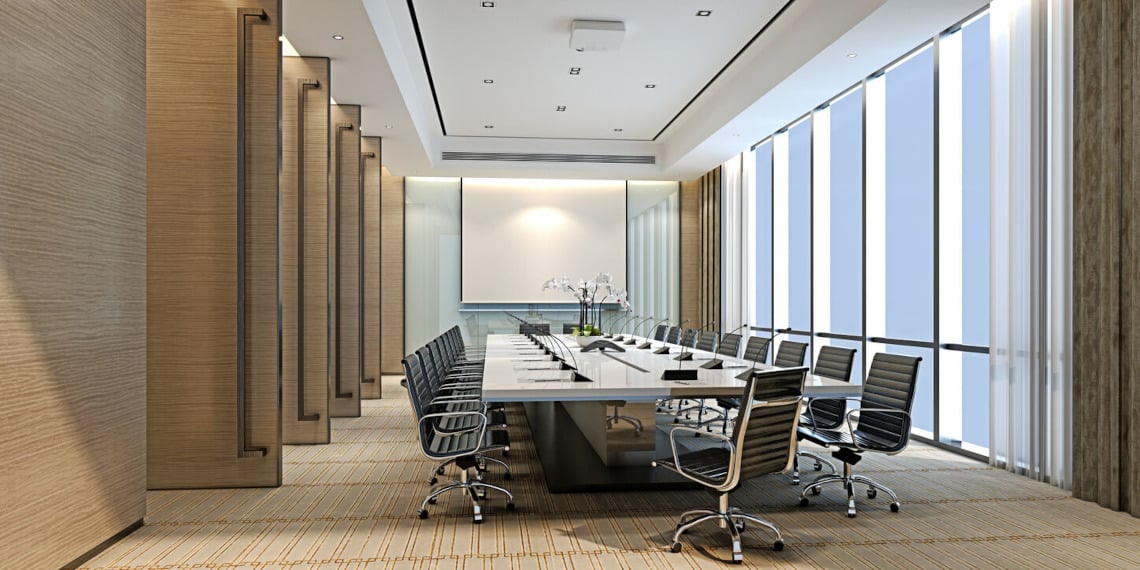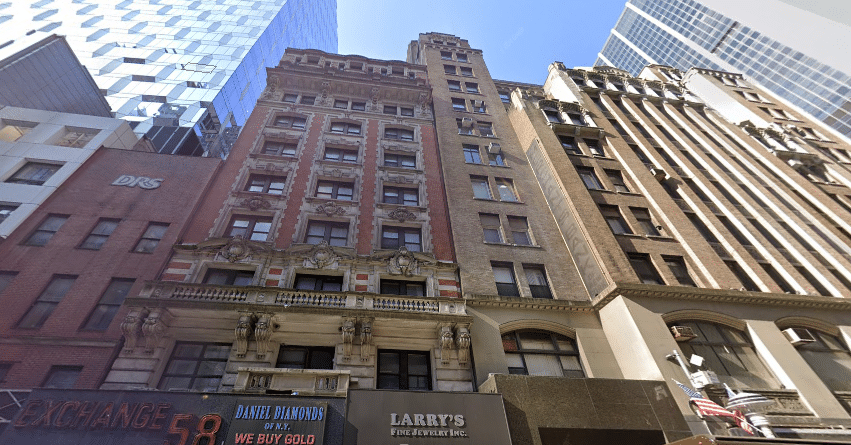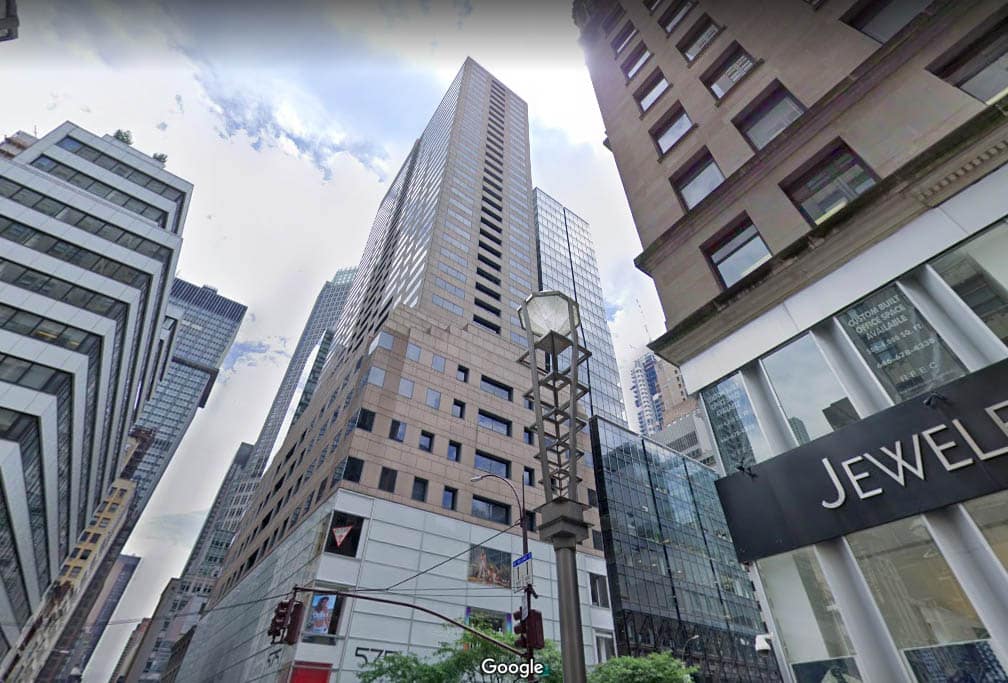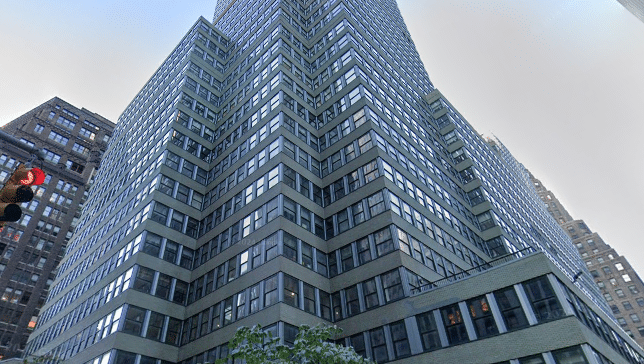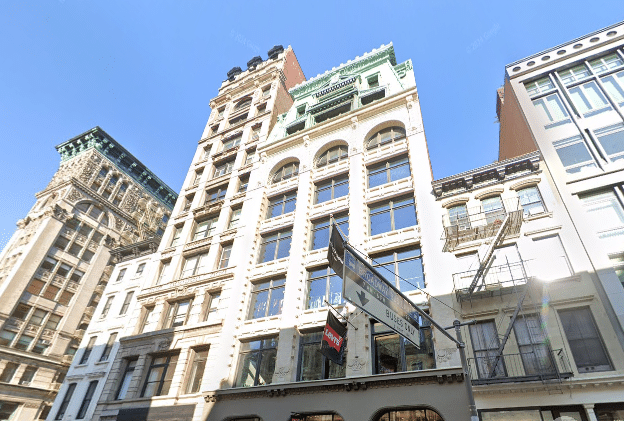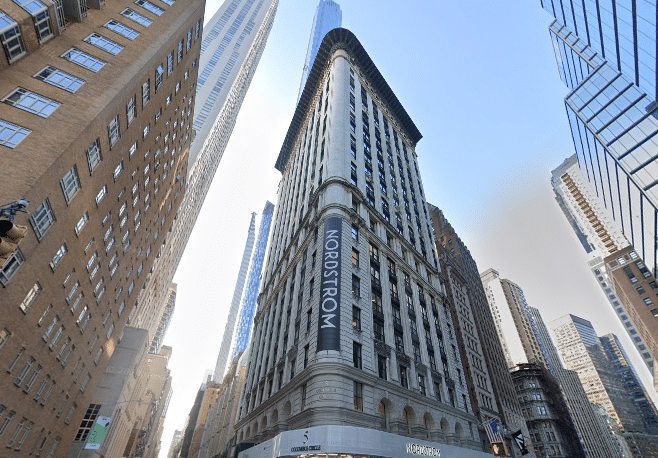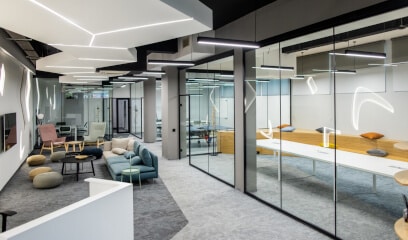Business owners and executives often tour offices focused only on aesthetics and vision – the views, the lobby, the “wow factor.” But as their broker, I see them missing crucial practical problems that could cost them later. Things like poor HVAC, inadequate power, or awkward layouts can make or break your tenant experience..
So, I wrote down the 5 things I wish every business owner would look at when touring spaces. Call it a cheat sheet or an office tour checklist. Whether you’re working with me, another broker, or searching solo, my goal is to help you build a framework that helps you evaluate spaces thoroughly and confidently. You want an office that meets your team’s needs—not a place that causes headaches six months down the line.
1. Carefully Check Common Areas and Your Demised Space
When touring office space in NYC, don’t just focus on your potential private office – the building common areas can make or break your daily work experience. Think about it: you and your team will walk through the lobby, use the elevators, and share bathrooms every single day. These spaces reveal the true story of how well the building is managed.
Picture starting your workday: you want a well-staffed security desk, smooth-running elevators, and clean, ADA-compliant bathrooms that work for everyone on your team. Modern LED lighting and proper HVAC throughout the building (not just window units) can significantly impact comfort and productivity.
In your actual office space, try to imagine your team’s daily routine. Where will people gather for coffee? Is there a kitchenette with running water, or at least the possibility to install one? That morning sun might look lovely during your tour, but consider how it could create screen glare for your team. Even small details like the condition of ceiling tiles can signal whether the landlord maintains their building.
Remember, you can’t change these fundamentals after signing the lease. I’ve seen companies regret choosing a superficially attractive space that didn’t support their daily workflow. Your goal is finding an office that works for real people doing real work – not just one that looks good during a tour.
2. Building Security & After-Hours Access
Building security should be a top priority when evaluating office space. Key questions to address: Is there a lobby attendant, and what are their hours? Some buildings offer 24/7 coverage while others only staff during business hours. Understand the visitor protocol – does everyone need to sign in with the attendant, and how are temporary guests handled? After-hours access is equally crucial – know whether you’ll need key cards, a security code, or a mobile app to enter the building and your suite.
Additionally, check for additional security features like surveillance cameras in common areas, elevators, and corridors. These details matter more than you might think, especially if your team works unconventional hours or keeps valuable equipment and data onsite. Consider questions like: How many staff members regularly work evenings or weekends? What valuables will you store? What kind of emergency response protocols are in place? Getting clear answers upfront helps avoid disruptive surprises once you’re moved in.
If you think your business could benefit from more robust security, skip the basic lobby setup and go for a Class A building with all the bells and whistles – we’re talking lobby turnstiles, security systems, and proper sign-in systems. It’s also worth understanding the details of the visitor check-in system, as these procedures can be quite sophisticated in modern buildings. Taking time to learn the process upfront – including any pre-registration requirements or digital systems – helps ensure smooth, professional arrivals for your clients and guests.
3. Mechanical Systems: Elevators & HVAC
Let’s talk about the unglamorous details that will make or break your workday. Did you barely notice the elevators during your quiet 2 PM office tour? Return at 9 AM and you’ll see impatient professionals filling the lobby, checking their watches. A five-minute morning delay can multiply into hours of wasted team productivity each week. Before signing a lease, ask the building manager about their package delivery center if you expect frequent deliveries. Also, learn how their freight elevators handle deliveries: Does building staff operate the freight elevator, or can suppliers use an automated system without an attendant? Since many NYC suppliers expect manual freight elevators, understanding your building’s system will help you avoid delivery headaches from the start.
Beyond delivery logistics, your HVAC system will significantly impact daily operations. Office spaces typically offer either central HVAC or window units. Central HVAC systems vary in their functionality: some allow individual offices to control their own thermostats and zones, while others maintain a building-wide temperature setting. Operating hours also differ between buildings. Many central HVAC systems run only during standard business hours (typically 8 AM to 6 PM, Monday through Friday). Using the system outside these hours often requires additional payments, which can range from $50 to several hundred dollars per hour depending on the building and zone size.
Therefore, when touring potential offices, be sure to ask these specific questions about the HVAC system:
- Is it central HVAC or window units?
- Who controls the temperature settings?
- Are there separate zones with individual thermostats?
- What are the standard operating hours?
- What are the exact costs for after-hours HVAC usage?
4. Immediate Neighborhood & Public Transportation
Step outside during your office tour. No, really – step outside and walk a few blocks in every direction. That neighborhood Instagram vibe might look perfect online, but at 7 PM on a Tuesday, do you feel comfortable with your team working late? Are there quality dining options beyond that one fast casual café? And speaking of after hours, take note of the nearby restaurants and nightlife – your employees will likely want dinner options when working late. Remember, your office address is more than a line on your business card – it’s where your people will spend most of their waking hours, trying to grab lunch in 15 minutes or waiting for the last train home.
Speaking of commutes, that “just 10 minutes from Grand Central” claim deserves some real-world testing. Try making that walk during a rainy rush hour, or check if that convenient subway station becomes not-so-convenient when half the lines run on weekend schedules. Your perfect office space loses its shine pretty quickly if your team dreads getting there every morning or if clients keep showing up late and frustrated because they can’t find parking. You can always put Metro Manhattan Office Space’s commute calculator to put it to the test.
5. Building Amenities & Recent Renovations
Finally, inspect all amenities to ensure they’re well-maintained and practical. Beyond the marketing photos, evaluate each facility’s actual condition and usability. Check if fitness equipment works properly, outdoor spaces are well-kept, dining areas can handle peak capacity, and conference rooms have functioning technology. Remember that a broken treadmill or an overcrowded amenity center can quickly turn a promised perk into a daily frustration.
And while we’re peeking behind those amenity curtains, let’s discuss something buildings often whisper about: renovations and facade work. Yes, that sidewalk bridge and netting outside the windows can look intimidating – and many potential tenants immediately cross these buildings off their list. But here’s what’s often overlooked: this necessary safety maintenance is temporary, typically lasting just a few months. Unlike a poorly designed layout or inadequate HVAC system, facade work is a transient condition. Smart tenants who can see past the temporary scaffolding often find excellent spaces at attractive terms. The same principle applies to lobby renovations or other building upgrades – the key is understanding the timeline and temporary nature of these improvements rather than letting short-term conditions eliminate otherwise ideal options.
Final Words
I want to wrap this up by mentioning something I’ve learned after years representing business tenants: the best decisions rarely happen in those first excited moments touring a space. They come from methodically checking these boxes, asking seemingly obvious questions, and imagining your daily life in that space. The entire purpose of this office tour checklist isn’t to dampen your enthusiasm but to channel that excitement into a choice you’ll still feel good about a year from now.
I created this guide because I’ve learned that every organization’s leadership approaches space selection in their own unique way. Some C-suite executives conduct thorough walk-throughs with their entire team, while others make swift decisions based on instinct and experience. Still others rely primarily on photographs and floor plans, visiting only their final shortlist. There’s no universal “right way” – these are simply different approaches shaped by years of corporate decision-making.
My role is to respect these varying styles while ensuring that both strategic vision and practical considerations are part of the conversation. After all, whether you’re hands-on or big picture in your approach, the goal remains the same: finding a space where your organization can succeed and grow.
